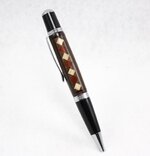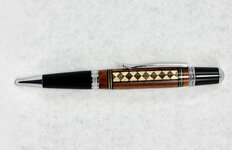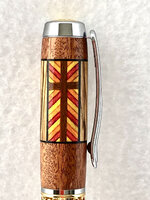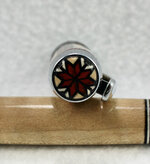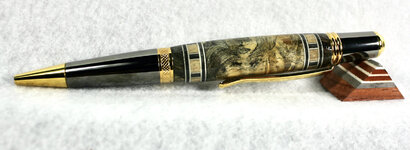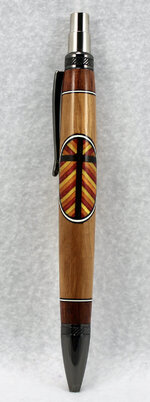Hello,
Looking forward to making segmented blanks.
Will a small bandsaw do? I don't have enough space for a tablesaw. If so, which blade is recommended?
Secondly, is there a guide to making some interesting segmented patterns? I bought several books on the subject but they discuss mainly vessels, and I don't seem to understand how to "convert" those plans for pen turning.
Looking forward to making segmented blanks.
Will a small bandsaw do? I don't have enough space for a tablesaw. If so, which blade is recommended?
Secondly, is there a guide to making some interesting segmented patterns? I bought several books on the subject but they discuss mainly vessels, and I don't seem to understand how to "convert" those plans for pen turning.

